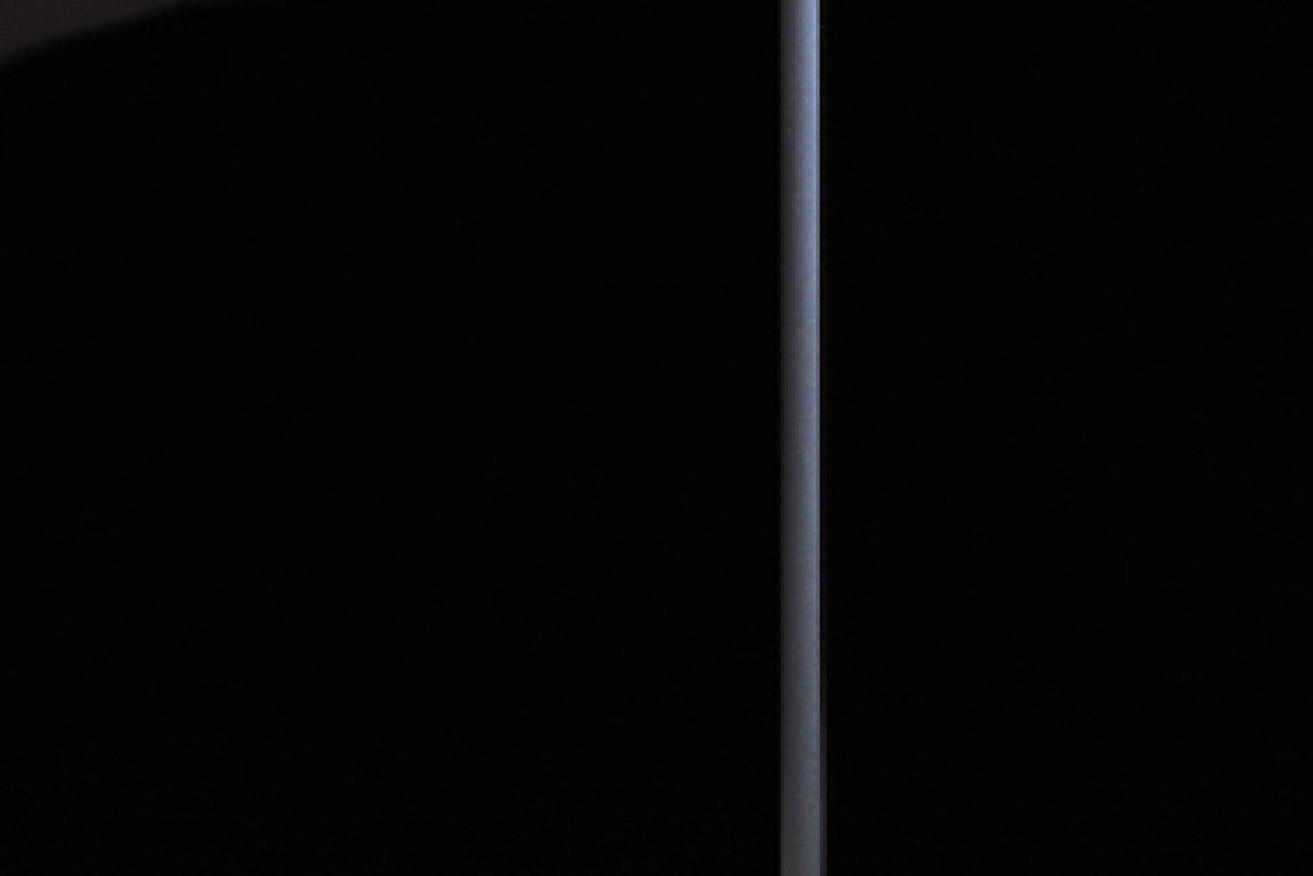Phones, tablets… or ‘phablets’?

Getty
You don’t need a crystal ball to glimpse the future of mobile devices.
Looking at the evolution of tablets and smartphones, consumers and tech companies are converging on a device which lies somewhere between a 10-inch tablet and a typical smartphone. Yes, a lot like the device William Shatner popularised decades ago in Star Trek.
Tablet screen sizes have been shrinking over the last few years. Better-priced and more portable 7-inch screens have been eating into the market of their larger siblings, a trend that many experts believe will continue. The bad news is, the word ‘phablet’ might become a part of everyday speech.
At the same time, much like our waistlines after a traditional Christmas dinner, mobile phones have been steadily growing. In the past 12 months, almost every mobile phone developer has rolled out a large mobile, and sales figures for these devices show an increasing appetite for larger screened devices.
It is easy to forget that smartphones as we know them have only been around for five years. Tablets are even younger. What then, if we did have a crystal ball, would we see from these devices in the next five years?

iPad: Still popular, but mobile devices are evolving. Photo: Getty
Clues
Vodafone’s Device Portfolio Manager Lawrence Sank says while knowing what the future holds would make his life a whole lot easier, one of the most exciting things about mobile technology is its unpredictability.
“Smartphone and tablet vendors have pretty much nailed the key features: touch screens, HD displays, advanced camera technology, 4G connectivity, large memory capacity and batteries supporting longer usage periods.”
But Mr Sank says there are some clues available today which point to specific areas of focus for manufacturers in the years ahead.
“In the smartphone space, we are likely to see different types of design. For example, the LG G Flex and Samsung Galaxy Round, modular components that allow customers to exchange parts for better performance, wearables like smart watches and Google Glass and the evolution of companion-style devices. An interesting trend is also likely to include enhancing the touch experience beyond just the screen itself,” said Mr Sank.
Managing director and principal analyst for technology analytics company Telsyte, Foad Fadaghi, believes the changes to the way we use our phones are also creating the push for larger screens.
“Bigger screen sizes as a reflection of people holding phones less to their heads and more in front of their faces. We may see more things like video conferencing, so we might see improvements in video technology,” said Mr Fadaghi. “The behavioural changes in terms of the way people are using their devices will continue influencing the way phones and tablets will be designed in the future.”
What the data tells us
According to international research firm IDC, the market has moved towards small tablets over the last 24 months. But IDC’s Tablet Research Director Tom Mainelli says we may be seeing a shift from smaller tablet usage to larger smartphones.
“In some markets consumers are already making the choice to buy a large smartphone rather than buying a small tablet, and as a result we’ve lowered our long-term forecast,” he said.
This is supported by data from Samsung, which has shipped more than 10 million of its 5.7-inch Galaxy Note 3 since it was released internationally in September, a number that took the previous Samsung Note I nine months to reach.
Larger smartphones like Samsung’s 6.3-inch Galaxy Mega and Nokia’s 6-inch Lumia 1520 also have a connectivity advantage over tablets, with inbuilt cellular network access versus many tablets that are Wi-Fi-only, plus the ability to make phone calls.
Tablets are here to stay
Mr Fadaghi said while larger smartphones may become our primary consumption device in the future, we shouldn’t say farewell to our small tablets just yet.
“One of the fallacies or misconceptions of the market is that people will be having one device to rule them all,” he said. “What we’re seeing already with tablet users is that 18 per cent have more than one tablet, so its quite likely that, with prices coming down and the proliferation of the devices becoming more widespread that people will have multiple tablets.”
“They might have a home tablet, a portable tablet that they might carry around, that might be a phablet, a larger smartphone or a larger stand-alone tablet that works without the need of a smartphone. As we move towards the path of more IP voice communications and more voice and video apps, the need to have a smartphone might reduce,” he said.
Larger tablet devices won’t be disappearing anytime soon either, with these larger devices like the iPad Air and Sony Xperia Tablet Z set to replace more conventional means of working and accessing the internet.
Over 7 million Australians now use tablets, up from 250,000 since they first became available in 2010. This number doesn’t look like it will decrease anytime soon, with IDC forecasting annual worldwide shipments of tablets reaching 386.3 million units by 2017, up from a predicted 221.3 million units shipped this year.
According to Mr Fadaghi, the technology of the future may well come in tablet form.
“I think they [tablets] will be significantly more powerful and taking over many of the computational tasks we do on computers today, things like video editing, and sound editing, things like that, all the major applications will be move towards these platforms, and once that happens they will be indistinguishable from computers these days,” he says.
John Hazeldene is a Melbourne-based freelance writer








